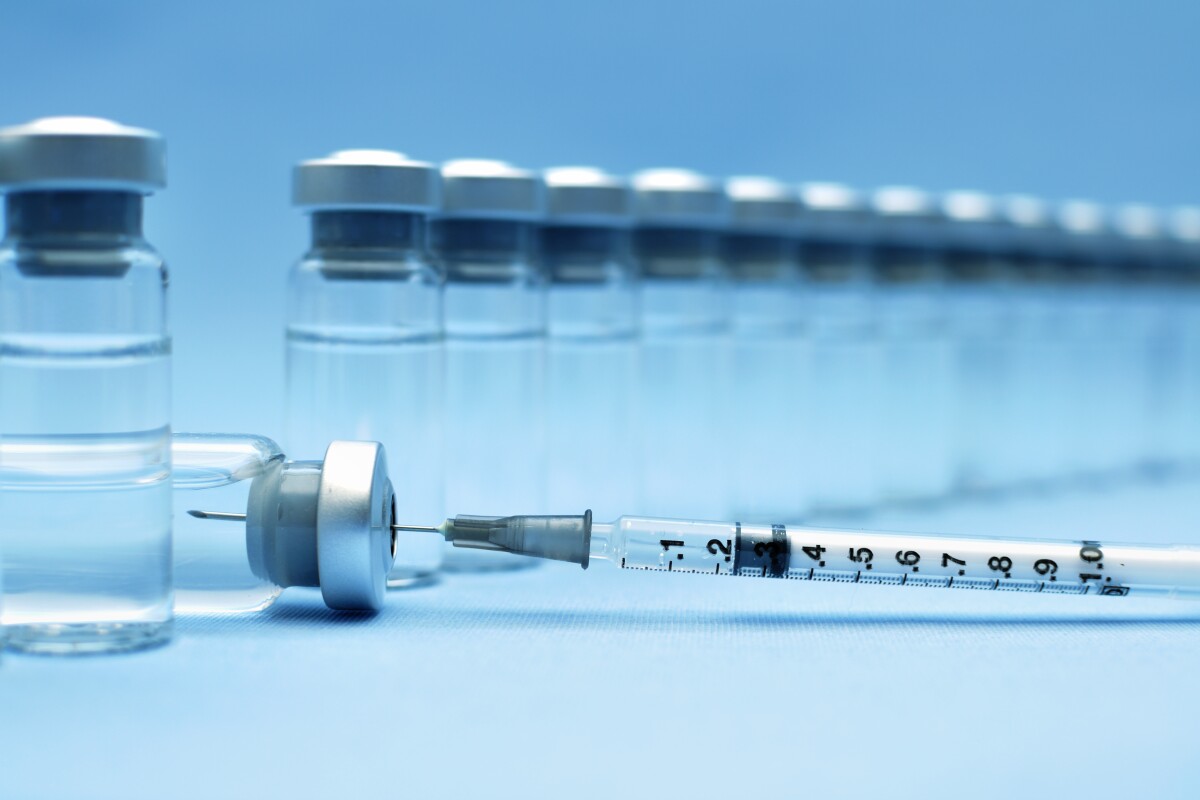–
“People often focus on the therapeutic agents in a drug formulation but, by focusing only on the performance additives – parts that were once referred to as ‘inactive ingredients’ – we can achieve really big advancements in the overall efficacy of the drug,” explains Eric Appel, senior author on the new study. “The insulin molecules themselves are fine, so we wanted to develop a ‘magic fairy dust’ that you add into a vial that would help to fix the stability problem.”
Most commercial therapeutic forms of insulin are comprised of the molecule in several forms. In its active form, a single insulin molecule is known as a monomer. However, this active form is not very stable, especially when kept in vials for medicine.
A more stable form of insulin is known as a hexamer, which is six insulin molecules bound together in the presence of zinc atoms. In its hexamer form insulin is slow-acting, as the body must break it down into monomers.
So the Stanford team set out to find a way to stabilize monomeric insulin to allow it to be effectively stored in vials as a medicine without it rapidly degrading. They screened hundreds of different polymer additives, eventually homing in on one in particular that kept monomeric insulin stable.
Stress tests showed this new formulation remained stable for up to 24 hours, compared to commercial fast-acting insulin that degraded in less than 10 hours under the same tests. So the new formulation was stable, but did it still work effectively as insulin in organisms?
Using diabetic pigs to model the effect of the drug, the researchers saw incredibly rapid responses, with the insulin reaching 90 percent of peak activity within five minutes of administration. In comparison, the most rapid-acting insulin currently available still takes up to 15 minutes to begin working, and even longer to reach its peak.
The researchers hypothesize these animal findings equate to the drug working in humans around four times faster than currently available fast-acting insulin formulations. Alongside the rapid onset is a sooner endpoint to the drug’s action, meaning its overall activity more effectively resembles the natural rise and fall of insulin in a healthy individual.
All of these findings point to extraordinarily promising potential in developing not only more useful forms of insulin but also more effective artificial pancreas systems that can autonomously regulate blood sugar levels without any human intervention.
Nevertheless, it is still early days for the research. Although the toxicity profiles from the animal tests are promising, until the formulation is tested in humans it will not be clear how safe, or effective, it actually is. And, the researchers are yet to apply to the FDA for approvals to test the drug in human subjects, so even if successful, this novel insulin formulation is still some years away from public clinical use.
The new research was published in the journal Science Translational Medicine.
Source: Stanford University











